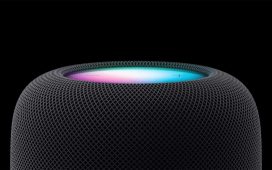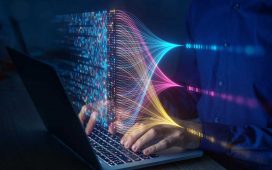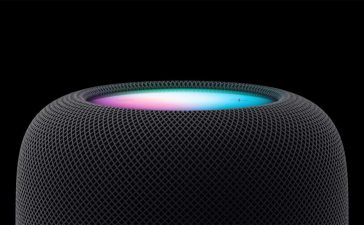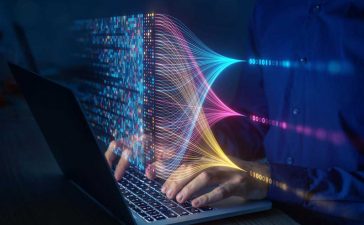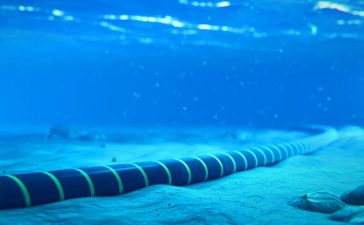An AI algorithm can help astronomers deblur images snapped by ground-based telescopes more accurately and more quickly than traditional methods, according to the latest research.
A pair of researchers from Northwestern University and Tsinghua University combined image processing techniques and trained a neural network to clear the interference from pixels of simulated images of galaxies.
“The tool takes in a noisy and blurry image and a description of the atmospheric blur – specifically, the point spread function, which is a picture of how a single point of light gets blurred by the system,” Emma Alexander, an assistant professor of computer science at Northwestern University and co-author of the research, explained to The Register.
“We then apply a neural network that alternates between removing blur and cleaning up image noise, going back and forth between these two problems for a set number of steps. We end up with an image where the blur and background noise have been removed, and we show that the galaxy shapes estimated from our cleaned images are more accurate than those of other methods.”
The software reportedly produced images that contained up to 38.6 percent fewer errors than ones produced using older classical image processing techniques, and up to 7.4 percent fewer errors compared to the more modern methods used today.
“Photography’s goal is often to get a pretty, nice-looking image,” Alexander said in a statement.
“But by cleaning up images in the right way, we can get more accurate data. The algorithm removes the atmosphere computationally, enabling physicists to obtain better scientific measurements. At the end of the day, the images do look better as well.”
Astronomical observations are blurred as the light from distant objects is diffracted as it passes through Earth’s atmosphere. Observatories are often placed at high altitudes where the air is thinner to get a better look at the night sky, but tiny details in images can still be affected.
The edges of galaxies are also difficult to detect, making it hard to discern their shapes. An elliptical galaxy, for example, might look fuzzier and rounder under the telescope.
“Slight differences in shape can tell us about gravity in the universe,” Alexander said. “These differences are already difficult to detect. If you look at an image from a ground-based telescope, a shape might be warped. It’s hard to know if that’s because of a gravitational effect or the atmosphere.”
The researchers used an optimization algorithm and combined it with a neural network to train a system to automatically deblur images. The model was trained on mock galaxy images designed to match specifications to be used by the Vera C Rubin Observatory in Chile, expected to start operations in August next year.
The new deblurring AI image processing method will be able to help astronomers process new images taken by the observatory’s Simonyi Survey Telescope. The instrument has an 8.4-meter primary mirror that will capture a wide-field view of the entire night sky every few days.
Alexander and Tianao Li, an electrical engineering undergraduate student at Tsinghua University, released their code online, alongside tutorials teaching astronomers how to apply it to their own data. Their study has also been published in the Monthly Notices of the Royal Astronomical Society.
The model will have to be trained from scratch using simulated data to match the settings of a different telescope, Alexander told us.
“Our tool uses a deep de-noising network, which learns a data-driven prior for what a specific telescope’s images should generally look like. Switching to a different telescope means that images may look systematically different, perhaps due to a change in image resolution, sensor noise, or diffraction caused by the telescope diameter. In these cases, a new training set should be generated to fine tune the deep network.
“Now we pass off this tool, putting it into the hands of astronomy experts,” Alexander said. “We think this could be a valuable resource for sky surveys to obtain the most realistic data possible.” ®


